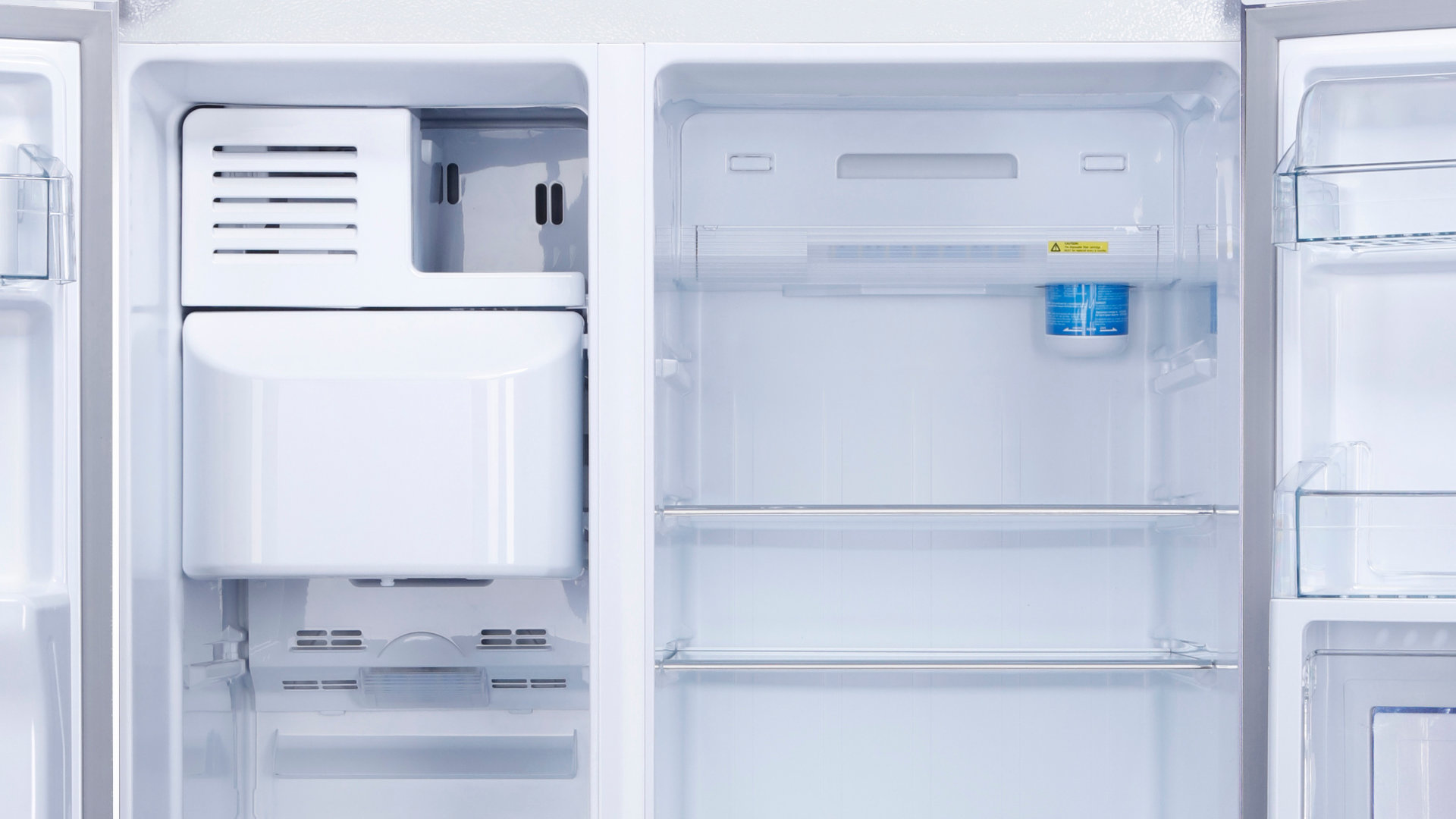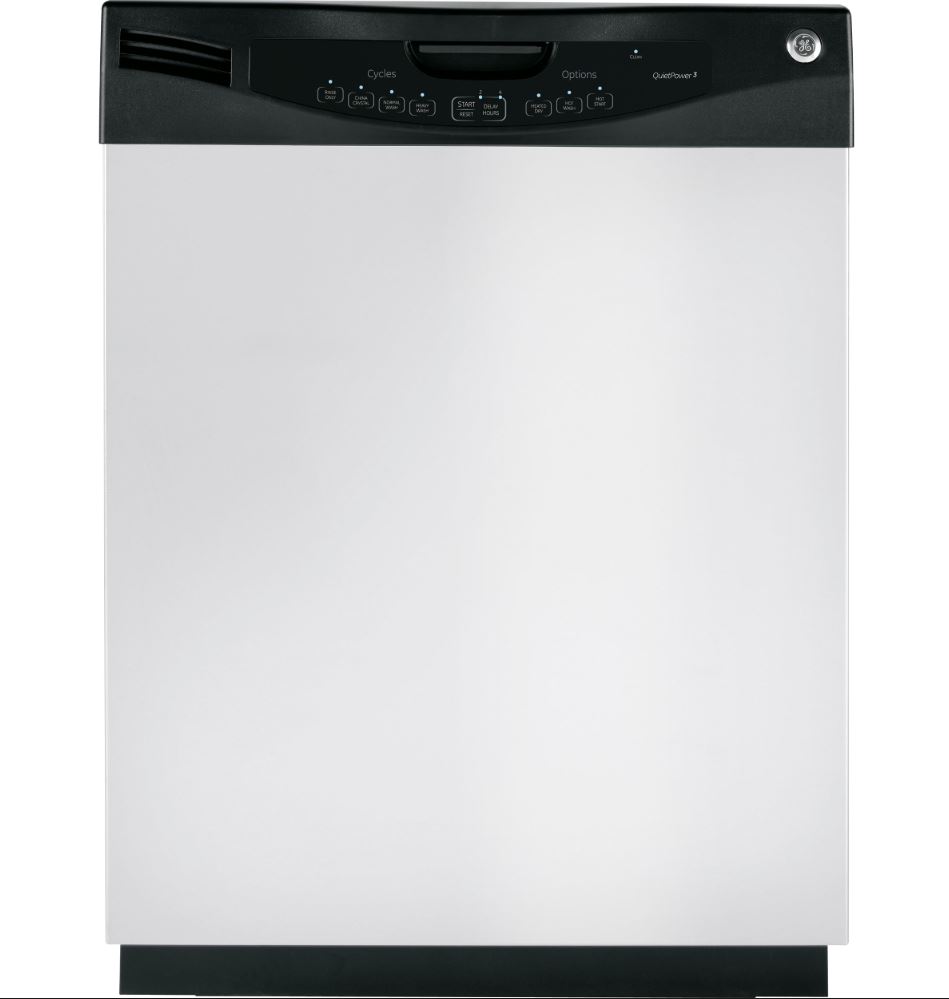
Your dishwasher is a time saver. It makes clean up after a small or big meal a fast and easy chore. Unfortunately, when your dishwasher springs a leak, the convenience the appliance provides can quickly become an inconvenience. Spotting a puddle on the floor near your dishwasher usually indicates a mechanical malfunction, and one of the most common causes of a leak is a circulation pump with a damaged impeller and seal. Luckily, fixing the impeller and seal in your GE dishwasher model GLD4560NSS does not demand you replace the entire circulation pump, instead you can simply swap out the damaged components for new ones.
Before you start disassembling your dishwasher, unplug the appliance and turn off its water supply. Don’t forget to protect your eyes and hands by wearing safety goggles and work gloves while fixing your dishwasher. If at any point, you feel as though you can’t safely finish repairing your appliance, please contact a dishwasher repair technician to complete the process.
Tools Needed
- Adjustable Wrench
- Phillips Screwdriver
- Flathead Screwdriver
- 1/4″ and 5/16″ Nut Driver
- Needle Nose Pliers
- Flat File
- Dish or hand Soap
How to Remove Your Dishwasher From Underneath Your Kitchen Counter
Locate the water line hose under your kitchen sink, and use your adjustable wrench to loosen its connection to the water outlet. Then, follow the drain hose up to either the air gap or garbage disposal and disconnect it. Some water may leak out of the waterline and hose, so have a towel ready to wipe it up.
Now stand up and open your dishwasher door, and unthread the two screws securing the appliance to the kitchen counter. Next, take out the lower dish rack. Using the dishwasher door, start to pull the appliance forward. Once you’ve moved it a few feet, close the door and finish removing the dishwasher from underneath your kitchen counter.
How to Access and Uninstall the Circulation Pump and Motor
At this point, you’ll need to lay the dishwasher on its rear panel. The appliance is heavy, so we suggest asking a family member or friend to help you tilt it backward. Once the dishwasher is situated, you can start uninstalling the circulation pump and motor. To do so, use your 1/4″ nut driver to unthread the screws securing the kick plate to the appliance. Then, disconnect the motor power harness by disengaging its locking tab with a Flathead screwdriver. Now retrieve you 5/16″ nut driver to take out the bracket on top of the circulation pump motor and to loosen the clamps at the front and the back of the circulation pump. Once the screw and the clamps are loose, you can detach the pump from the sump and top connector.
How to Replace the Impeller and Seal in a Circulation Pump
Set down the motor and pump assembly on a flat work surface. Make sure the pump is on top and the motor is on the bottom. Insert a Flathead screwdriver underneath one of the impeller blades to stop the component from rotating. Then, using your needle nose pliers unscrew the blade. If the blade won’t budge, the shaft threads on top are likely rusted. To get the blade moving, add a few drops of rust remover before trying to unthread it, again.
After the blade comes off, place your flat file on top of the suction ring and rotate the file clockwise to uninstall the ring. With suction ring out of the way, take off the wear ring and the wear ring retainer.
Now lay the circulation motor and pump assembly on its side, and insert your Flathead screwdriver into the back of the motor to lock up the motor shaft. While still holding the screwdriver in place, use your needle nose pliers to rotate the impeller counterclockwise until it slips out of the circulation pump.
At this stage, you need to detach the circulation pump from the circulation motor by unthreading the screws that hold them together. Once the two components are separated, use your Flathead screwdriver to dislodge the seal from the motor shaft opening in the pump housing.
To make installing the new seal a bit easier, squirt a few drops of soap onto the part. Then, push the seal into the shaft opening in the pump housing. With the seal in place, you can put the circulation pump and motor assembly back together.
After the pump and motor are joined, install the new impeller by pushing it down and rotating it clockwise. To truly secure the part and to ensure it doesn’t leak, insert your Flathead screwdriver into the back of the circulation motor and use your pliers to finish tightening the impeller. Then, place the wear ring retainer, the wear ring, and the suction ring on the pump. To secure the suction ring, use the flat file to rotate the part counterclockwise. Finish up the impeller and seal installation by sliding the impeller blade onto the motor shaft and turning it clockwise to secure it.
How to Reinstall the Circulation Pump and Motor
Carry the pump and motor assembly back to the dishwasher and insert the inlet and outlet openings into the upper connector and the sump. Next, use your 5/16″ nut driver to tighten the pumps front and back clamps, and then reinstall the bracket on the top of the motor. With the pump and motor assembly secure, reconnect the motor power harness to the top of the circulation motor. To finish reassembling the dishwasher, reattach the kick plate.
How to Place Your Dishwasher Under Your Kitchen Counter
With help from a family member or friend, stand your dishwasher up. Then, insert the waterline, drain hose and dishwasher plug through the hole on the side of your kitchen cabinet. Next, push your dishwasher backwards until it’s resituated under the counter. Now reconnect the waterline and the drain hose. Once the hose and line are in place, rethread the screws that secure the dishwasher to your kitchen counter.
Finally, plug-in your dishwasher and turn on the water. To complete your repair, we suggest running a quick wash cycle to ensure the new impeller and seal have resolved the leak.
If you replaced the impeller and seal in your dishwasher and your appliance is still leaking, please contact us today and we’ll be happy to fix the malfunction for you.
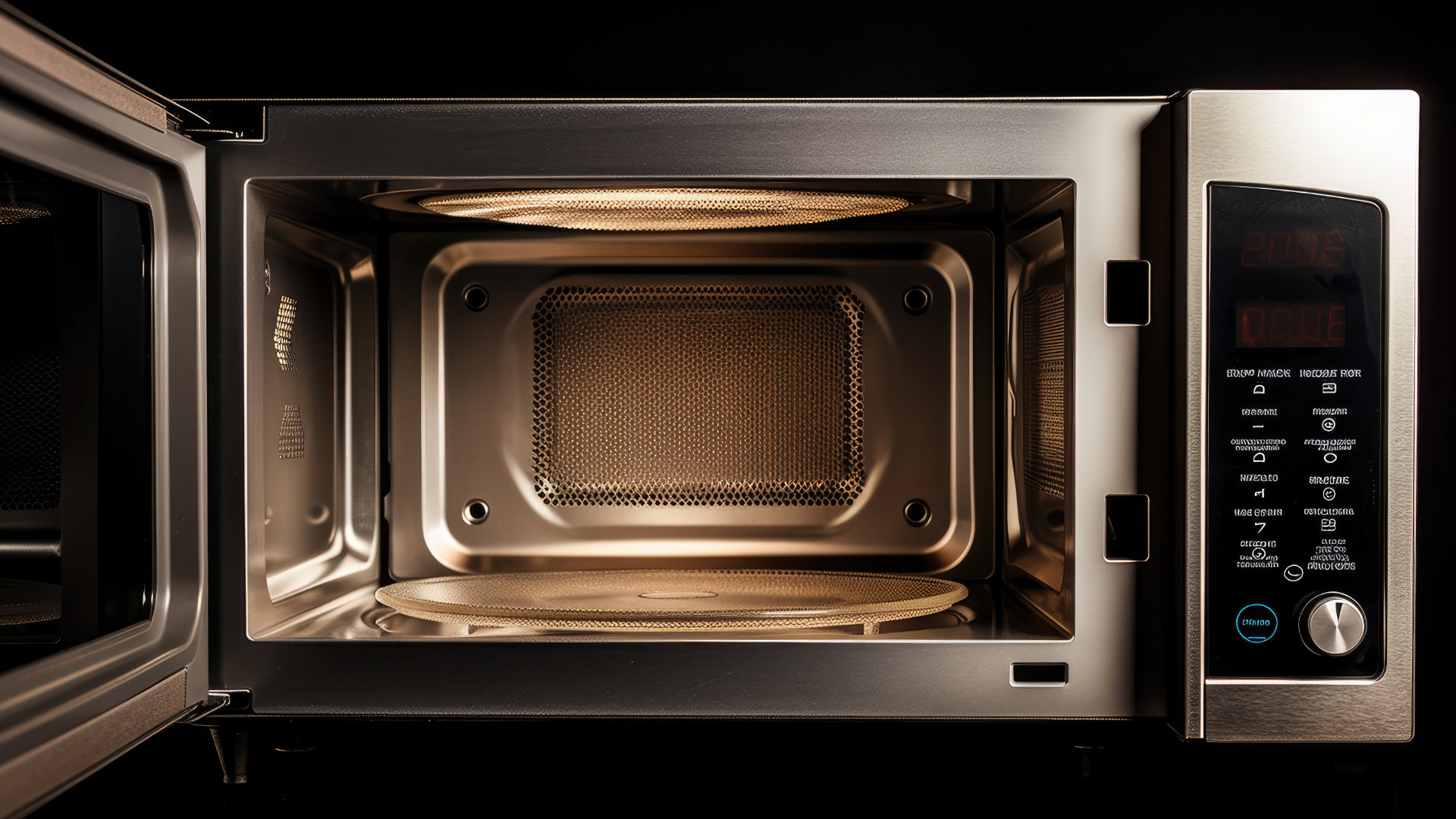
Eliminate the Burning Smell From Your Microwave
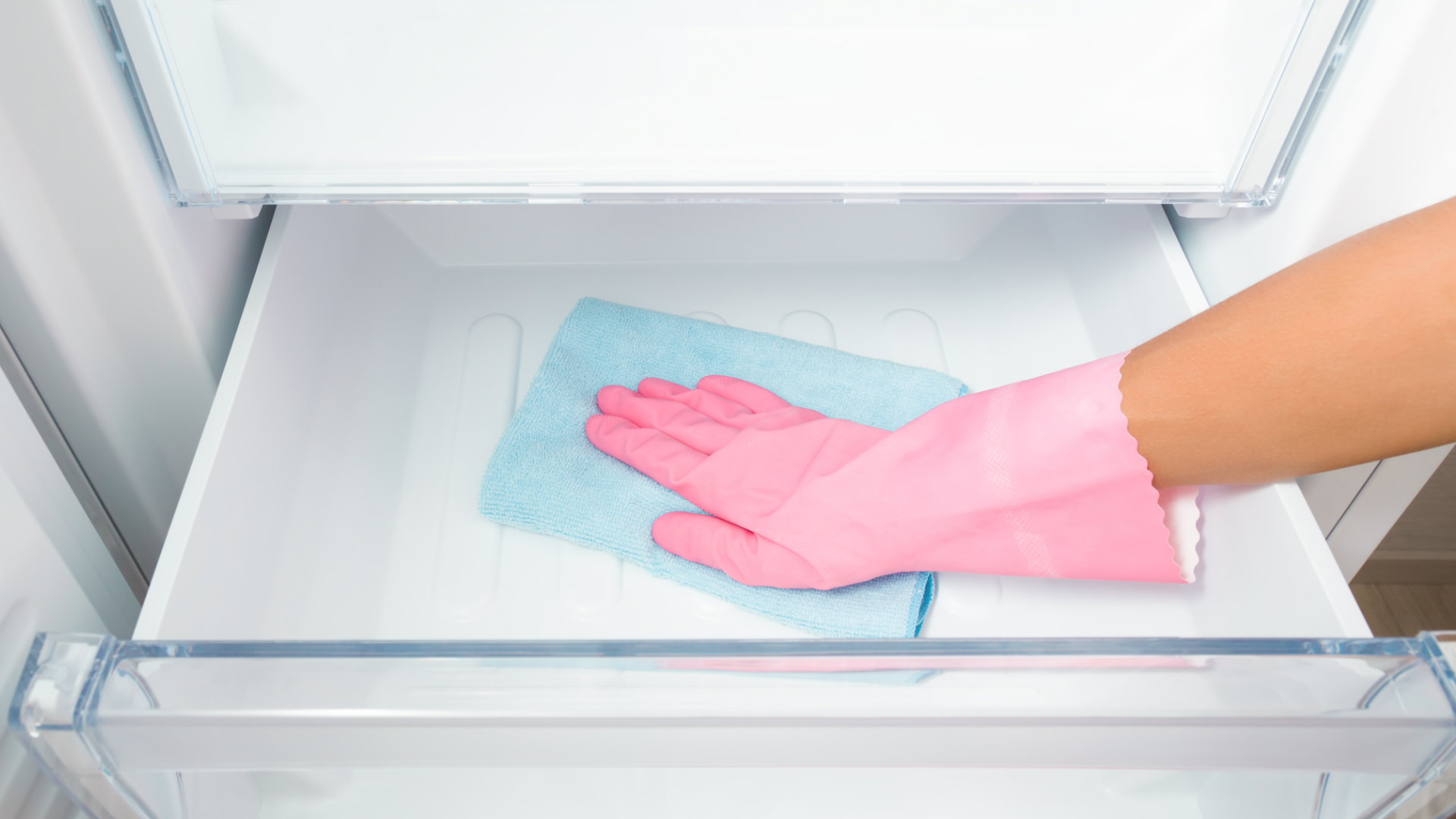
Fixing a Samsung Freezer That Won’t Freeze

Whirlpool Oven Won’t Heat: Here’s What To Do
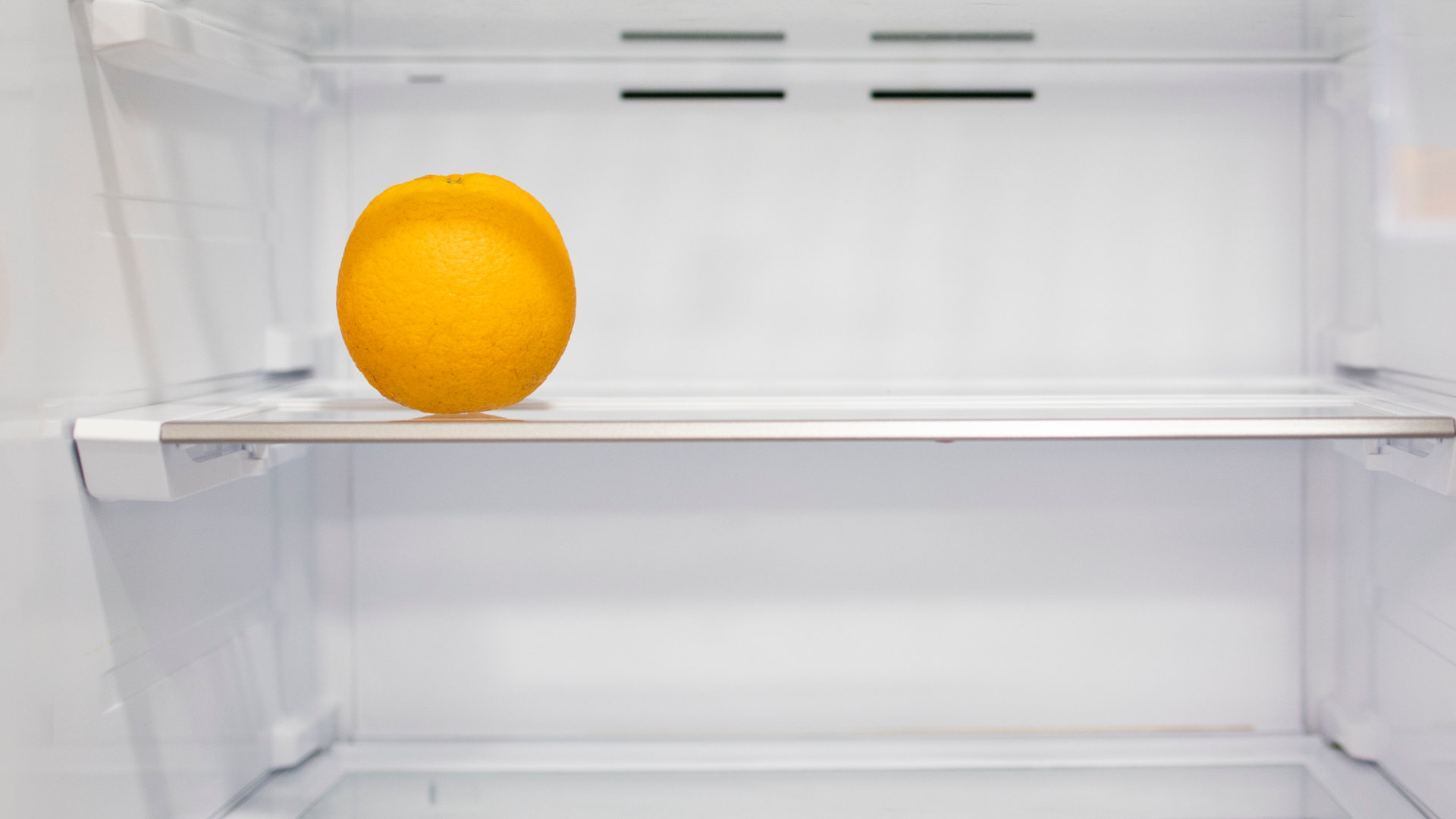
Easy Steps to Clean Your Refrigerator Coils
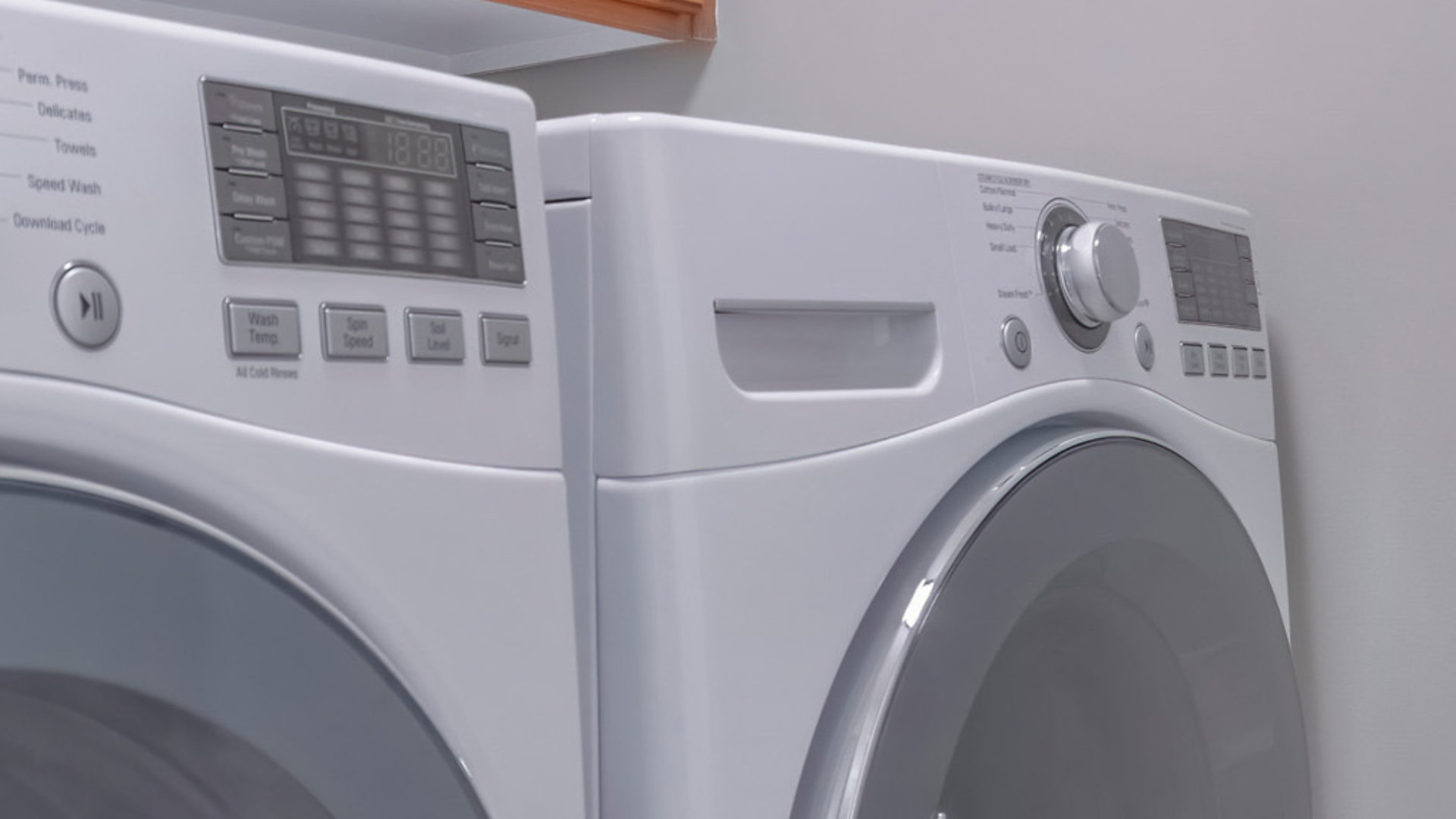
Quick Fixes for an LG Dryer Not Heating
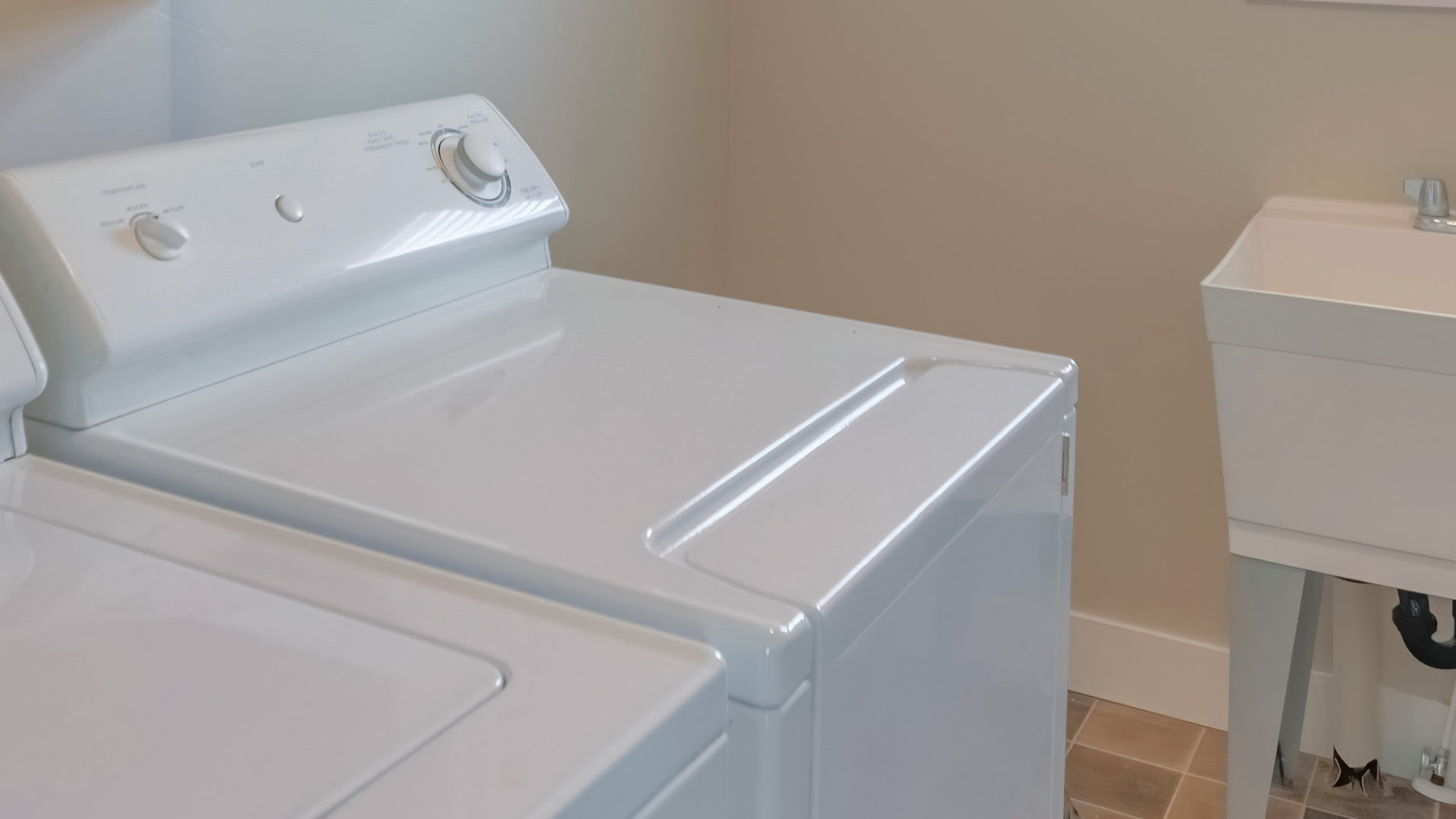
How to Fix an Electrolux Dryer That’s Not Drying

Why Is Your Whirlpool Washer Lock Light Flashing?
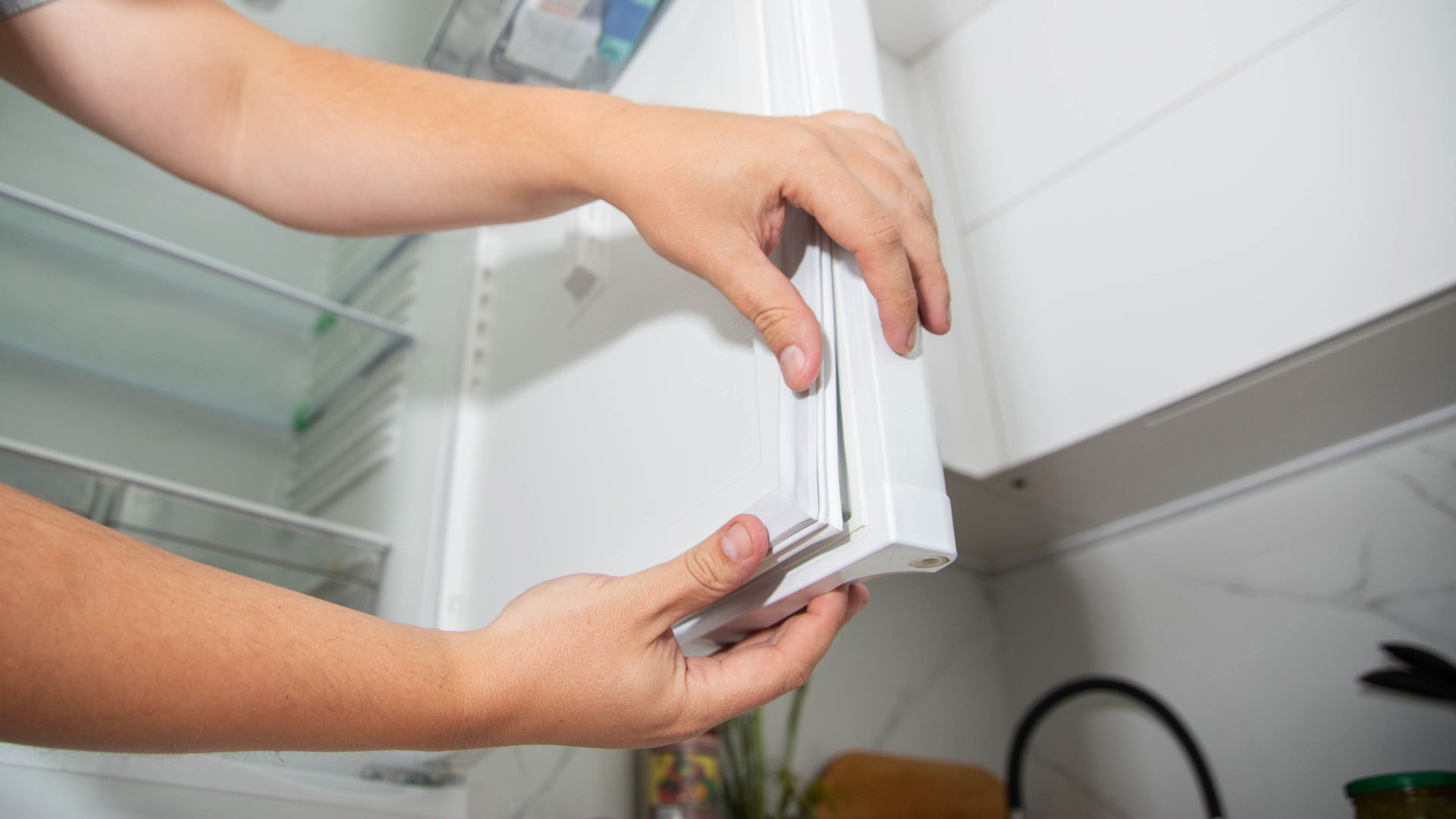
Why Is Your Freezer Door Not Sealing?
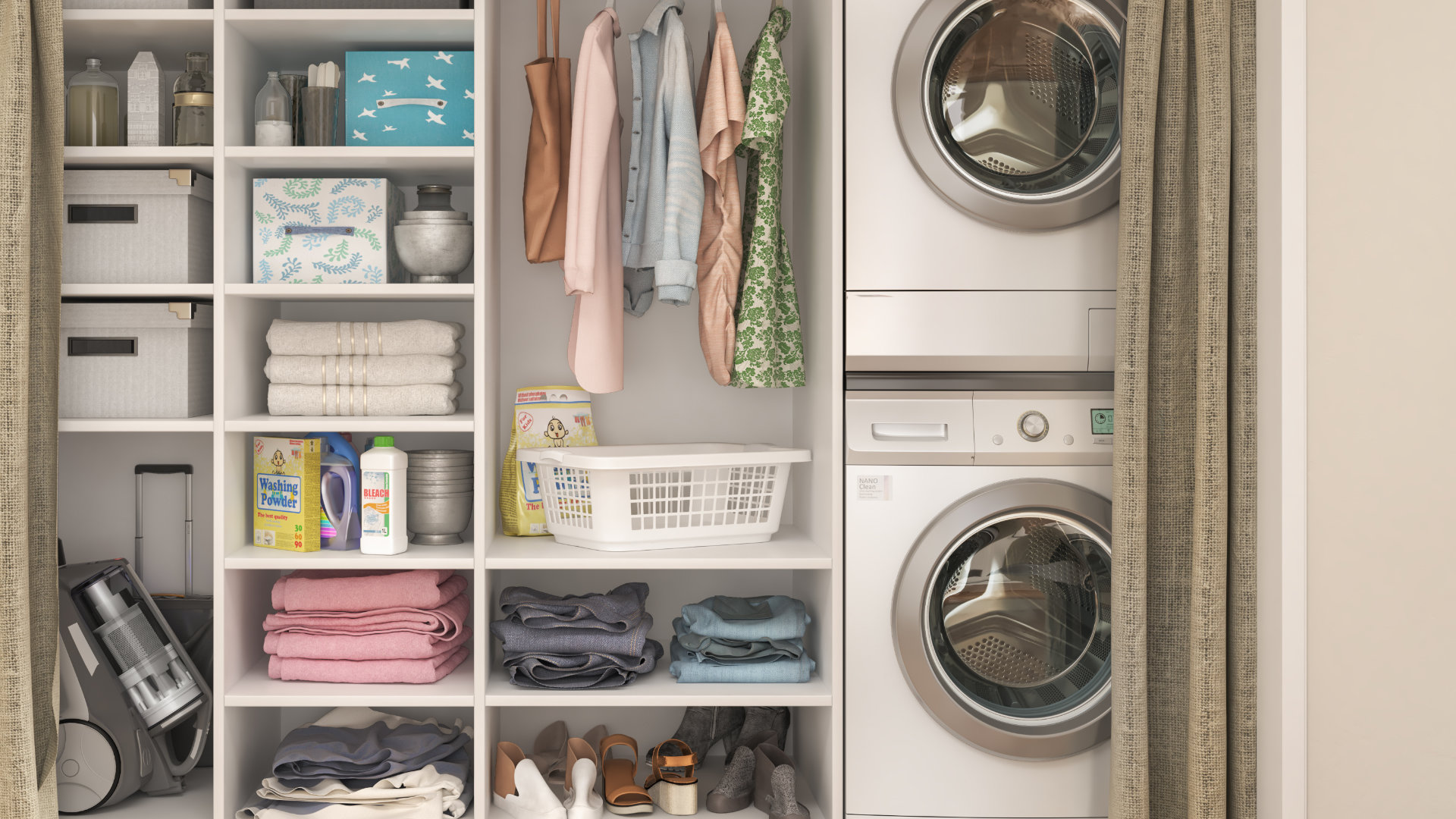
How Does a Ventless Dryer Work?
